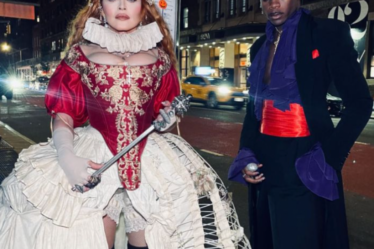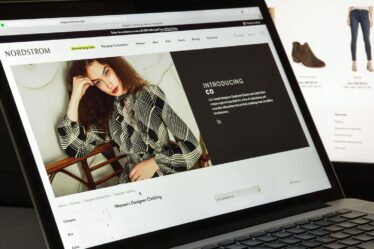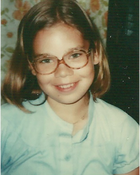
Over the course of our lives, our bodies change and we can slip in and out of varying degrees of ableness as our situation changes – from sprained ankles to more serious injuries, to fluctuations in our weight and health. If we are lucky, our bodies will inevitably age. All these things naturally have an impact on the clothes we wear and how we get dressed every day.
Fashion academic Dr Elizabeth Kealy-Morris describes negotiating this as “body dressing work”. Drawing on her memories of getting dressed as a 10-year-old with scoliosis, she describes the joy she found in clothes that were both beautiful and functional – items that covered the orthotic brace she wore to correct the curvature in her spine, while allowing her to fit in with her peers.
“I remember very clearly how exciting it was to find the jersey blouse and peasant skirt,” she says. “I came out of the shadows with a bang!”
After a thoughtful letter from Kealy-Morris in response to an earlier Closet Clinic, we are running more columns looking at different approaches to getting dressed.
The occasion dresser
For James Parr, a triathlete and model, clothing and fashion is not only a way to be himself, it can change his mood entirely. “I am a very indecisive person and the clothes that I wear will mostly depend on my mood and how I want to express myself,” he says.
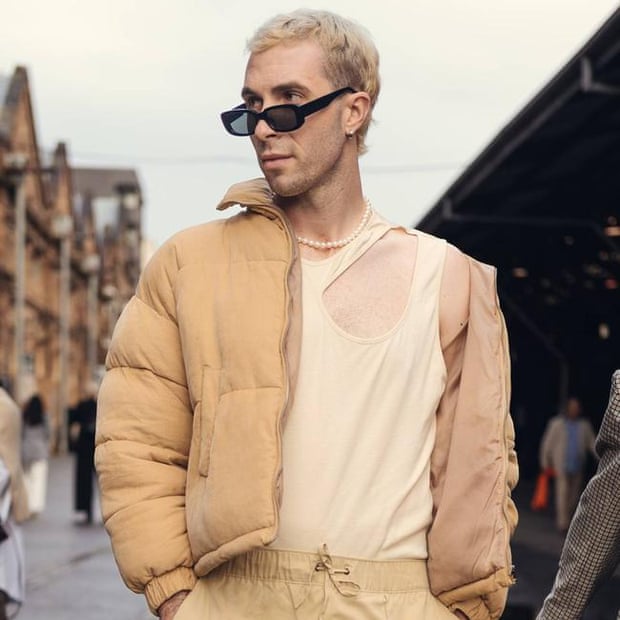
This is partly dictated by what he has on for the day, how many outfits he needs, and whether he is dressing for function or fashion. “If I am having an active day or something where I may need to access my prosthetic easily, I will opt for shorts,” he says. When he wants to feel more glamorous, he reaches for a blazer and will accessorise with rings.
His footwear choice is also a balance of comfort and style – until it’s not. “Generally, for day-to-day things I will dress for comfort, but if I have an event my shoe choice will be more fashionable [even if] the shoes may be a little more frustrating to walk in … When I am dressing for style, none of that matters.”
The prepared performer
Itojo Hardie, a retired singer, says when it comes to getting dressed, “preparation is very important, no matter [if it’s] fashion or whatever.” For this reason, she always pulls out a few options the night before, so in the morning she can make a choice depending on the weather.
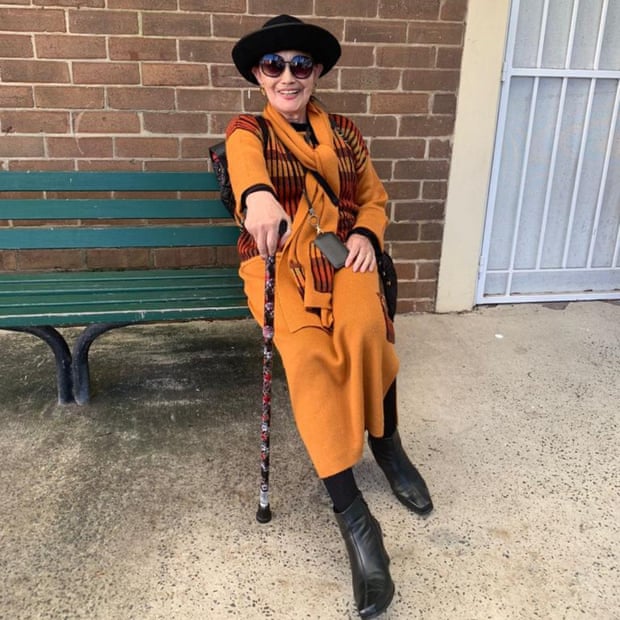
“I look in the mirror all the time,” she says. “I’m 80 and I have to look good.” This helps her coordinate her accessories and shoes as she goes. As a rule, she limits the colours of her accessories to three because this means she can wear “something more cheerful with makeup or lipstick”.
She says she always buys quality – because it lasts – mentioning Italian shoes and a red cashmere coat she has had for 40 years. Most of the time it takes her about 30 minutes to get ready, except for days when she isn’t feeling so good, and has to move more slowly. This is why it is especially important to be organised as you get older, she says. “If you want to go out on time, you have to prepare everything.”
The layer lover
Alicia Johnson has her wardrobe organised with her work items in the front and party clothes in the back. The busy model and activist says, “Convenience is key. I need to be able to grab my faves but also know where my frocks are when the time calls.”
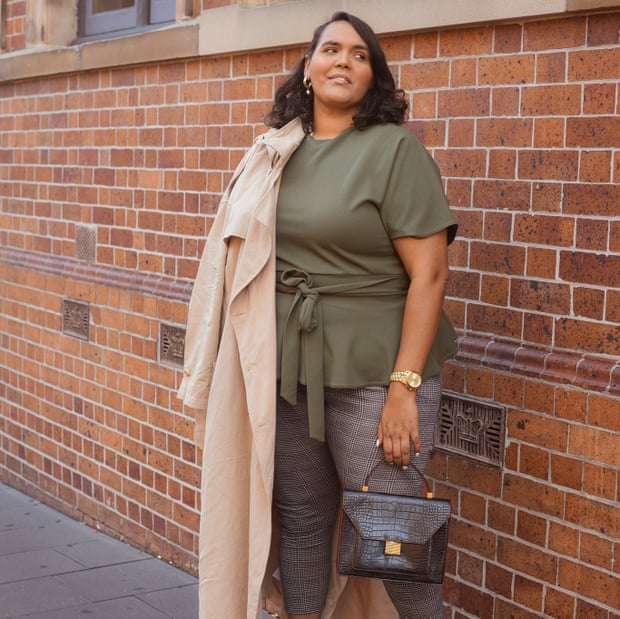
Since she hates to be too cold or too hot, layering with different fabrics is a good way to regulate her temperature and show off her figure. “As a plus-size woman I absolutely love to layer, giving me the opportunity to accentuate my shape.”
To make sure the outfit is coming together while dressing, she constantly checks the mirror. “I find looking in the mirror helps the overall get-ready time, as I’m constantly checking rather than it all going wrong at the end and having to change the entire look.”
Planning what she’s wearing and having set outfits also saves time. “Being plus size, knowing what works for my body is essential,” she says. “Not being a standard size, different clothing items fit my body differently.”
The formulator
Jason Clymo, a creative director, producer and marketer, says when he’s getting dressed, “I want to look stylish, 100%, but it’s also a trade-off between that and clothing that is accessible to me and functional.”
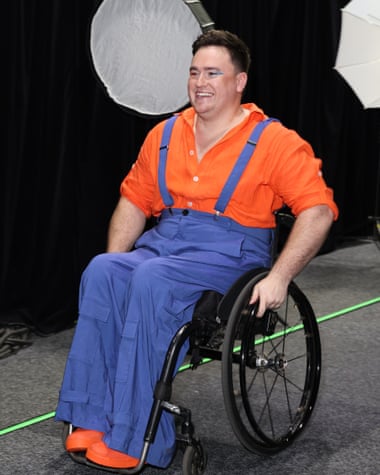
He opts for stretchy button-up shirts or T-shirts to make sure they fit across his shoulders, without limiting the movement of his arms. “I use a manual wheelchair to push me around,” he says, “so when I put my arms back to do the push of the wheels, if my shirt is really tight, I’m going to end up popping a button.” He also opts for shorter jackets and blazers to make sure they don’t get caught in his wheels.
Usually when he’s heading off to work, he doesn’t need to look in the mirror. “Most mornings I go for the same kind of formula … my job is marketing and running a business so I want to be comfortable and stylish as I head into different meetings.” This formula involves black jeans, a T-shirt and an oversized knit.
He says, “I wear slip on Doc Martens 90% of the time. I’m obsessed with them. They look great and they’re super functional.” Plus, they have the added benefit of protecting his feet and ankles, as he has limited sensation in his legs. “If someone trips over and steps on my foot or I run into a door, my feet are in something quite structured.”

